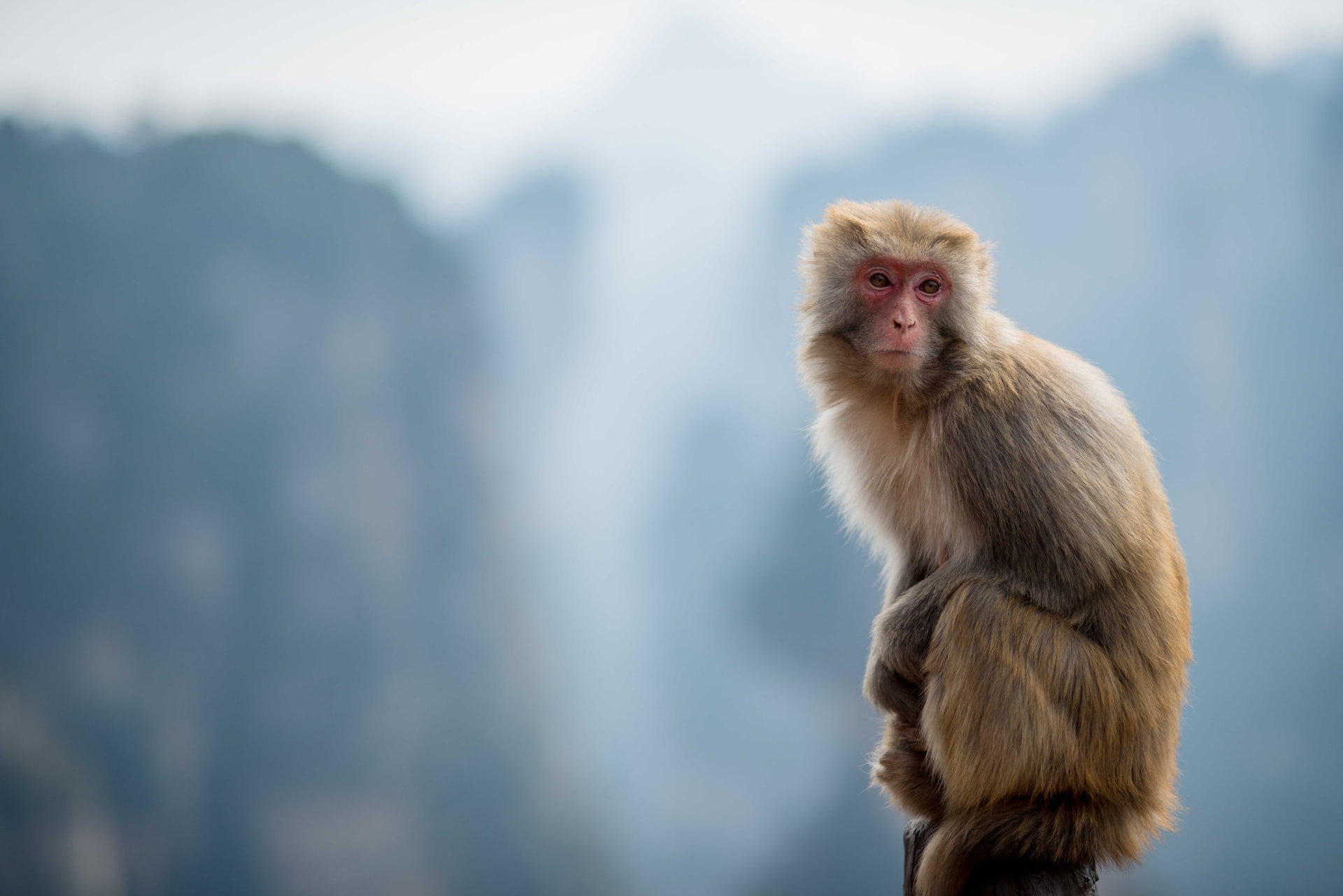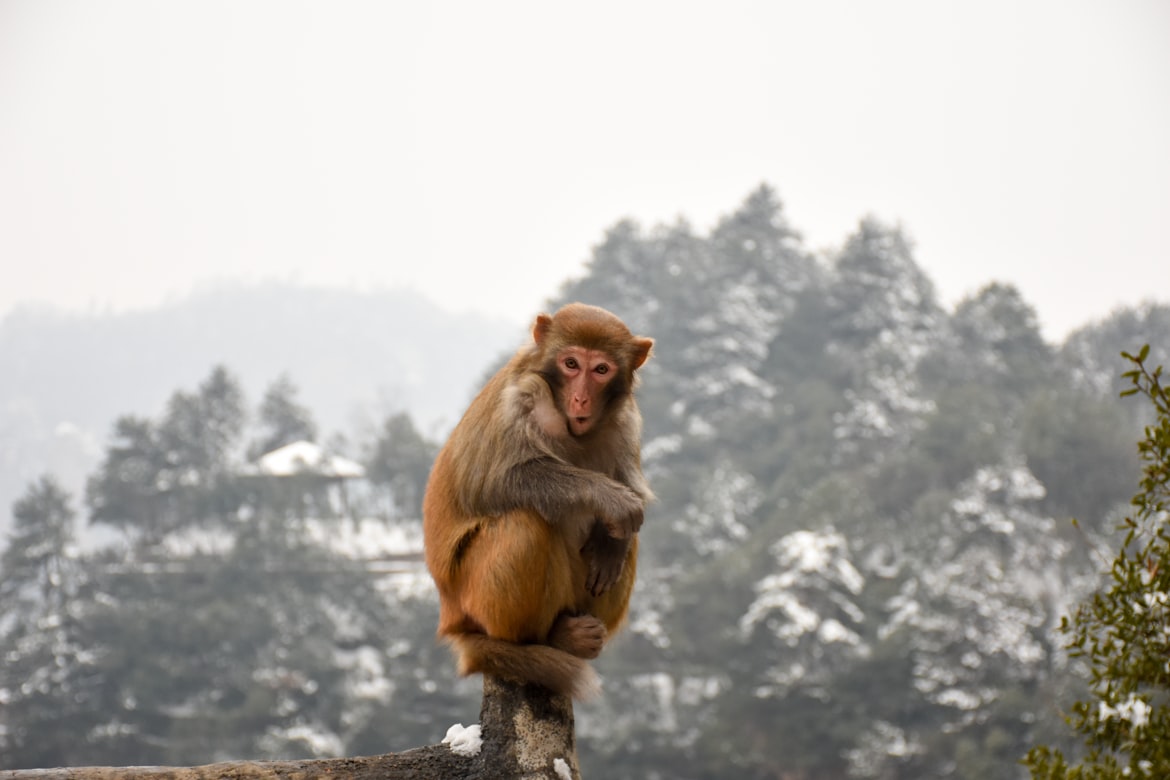Monkey Magic: The Fascinating World of the Diverse and Omnivorous Primate

Monkeys are a diverse group of mammals that are native to parts of Africa, Asia, South America, and Central America. They are known for their agile movements, expressive faces, and varied behavior. There are over 260 species of monkeys, which are classified into two main groups: Old World monkeys and New World monkeys.
Physical characteristics
Monkeys are highly variable in size and appearance, with some species weighing as little as a few ounces and others weighing over 50 pounds. They have agile bodies, with flexible joints and grasping hands and feet, which they use for climbing and foraging.
Monkeys also have expressive faces, with a variety of facial expressions and vocalizations that they use to communicate with each other.
Behavior and ecology
Monkeys are social animals and live in large groups called troops, which can range in size from a few individuals to over 100. Troops are led by a dominant male, who is responsible for the group’s decisions and welfare.
Monkeys are omnivores and feed on a variety of plants and animals, depending on the species and location. They are also known for their intelligence and problem-solving abilities, and some species are skilled climbers and swimmers.
Reproduction and social structure
Monkeys have a complex social structure and mating system. Males are responsible for protecting and providing for the group, while females do the majority of the caring for the young.
Monkeys mate throughout the year and females give birth to a single infant or a litter of infants after a gestation period of around 6-8 months. Infant survival rates vary depending on the species and environmental conditions.
Conservation and threats
Monkeys are threatened by habitat loss, poaching, and conflicts with humans. They are protected by international law, and conservation efforts are underway to protect their remaining populations and help them recover.
Some of the threats facing monkeys include habitat destruction due to logging, agriculture, and urbanization, as well as poaching for their meat, body parts, and fur.
Breeds and types
There are over 260 species of monkeys, which are classified into two main groups: Old World monkeys and New World monkeys. Old World monkeys are native to parts of Africa and Asia and include species such as macaques, baboons, and mandrills.
New World monkeys are native to parts of South and Central America and include species such as marmosets, tamarins, and capuchins.
And, to sum things up, finally.
Monkeys are fascinating and diverse animals that are an important part of the world’s biodiversity. However, they are also threatened and face significant challenges to their survival.
Conservation efforts are important to protect these animals and help ensure their future. It is also important for humans to coexist with monkeys in a way that minimizes conflict and promotes the long-term survival of these animals.









